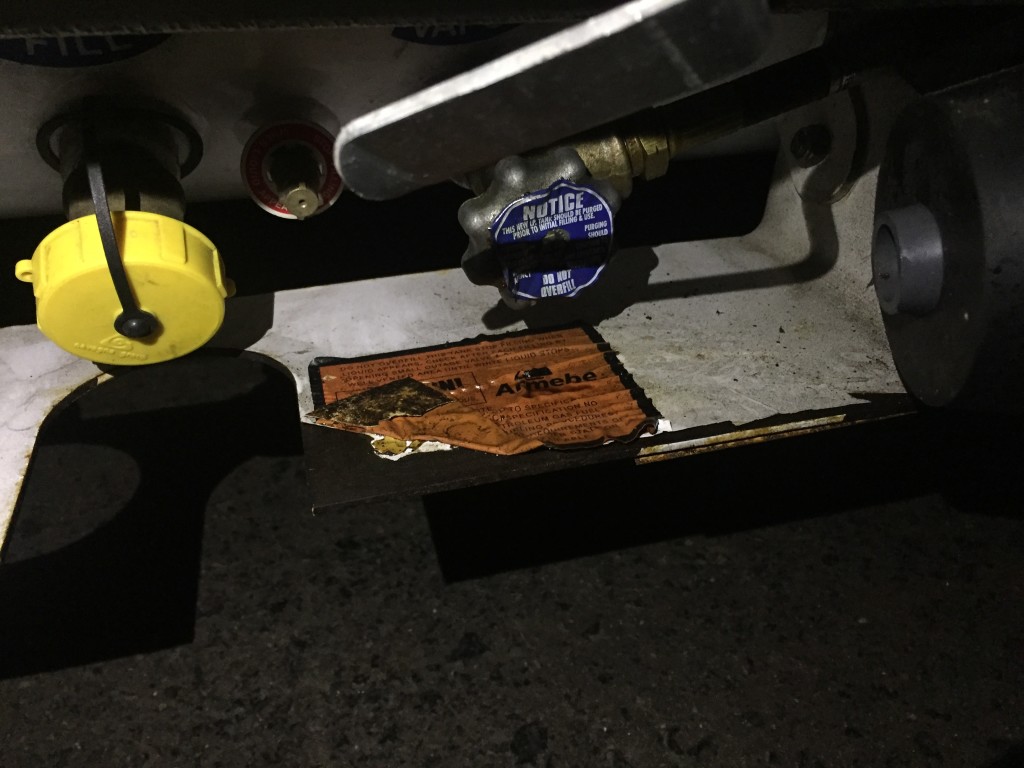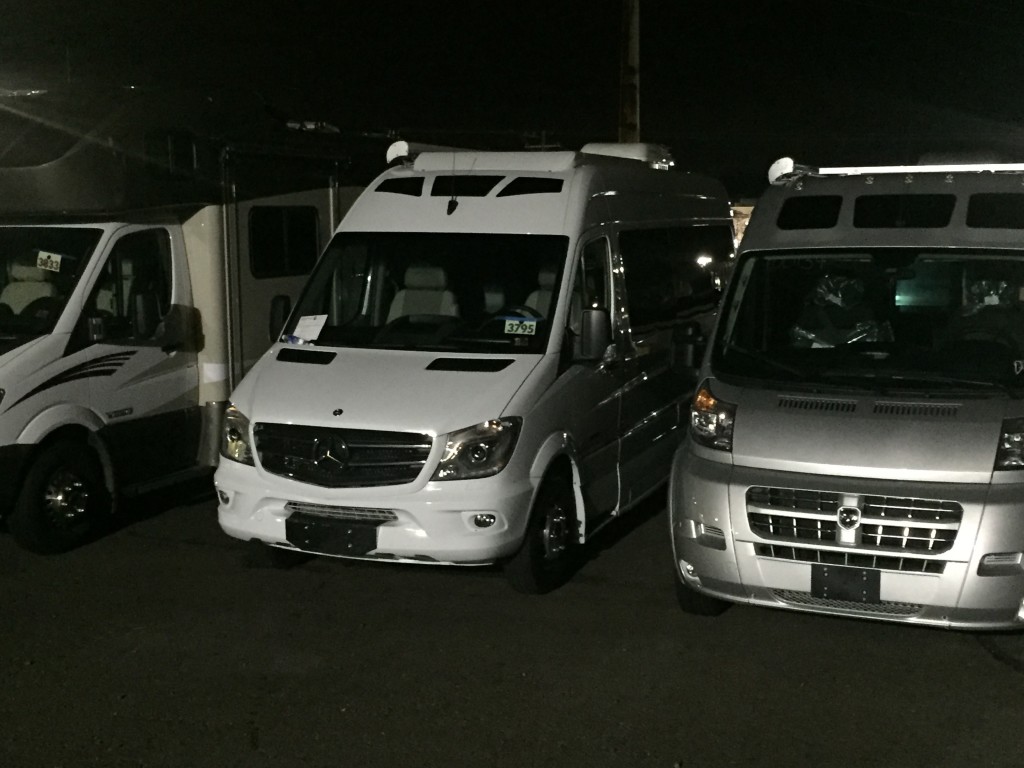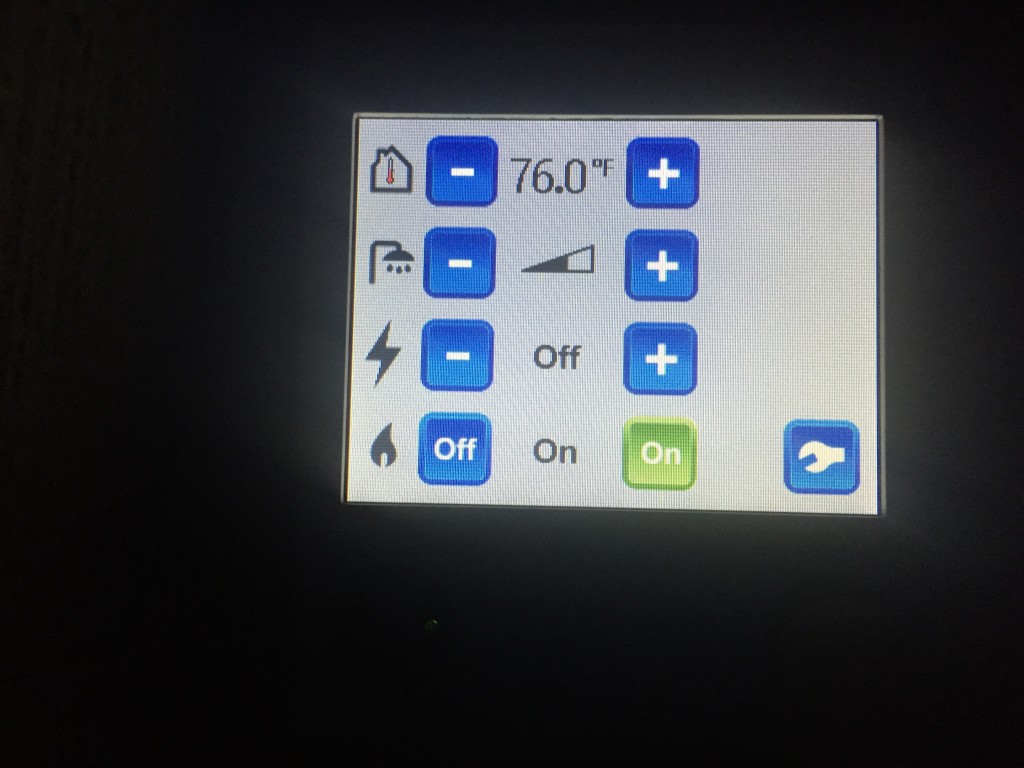Here we are now, a few days shy of 3 months from purchasing this brand new 2015 CS Adventurous and I continue waiting for repairs. The dealership is in contact with Roadtrek and Alde, who are both working to figure out what’s going on.
I have driven back and forth 5 times total, at 2+ hours each way, for a total of over 20 hours of driving just to drop off or pickup the RV from service. That’s an additional 1,000 miles, split between the RV and other vehicles I had to drive to pick up and drop off the RV, not to mention time taken from work to do so. That’s 3 loan payments and insurance premiums on a vehicle which again, I have been unable to use. We are now into 2016 and the RV is another year older, adding to the depreciation of the vehicle which is occurring without the benefit of at least being able to travel and enjoy it.
The batteries were non-functional from purchase, the heating system isn’t heating, the water tank sensor was not working, and there were other more minor issues as well, such as cabinet latches that wouldn’t open and the metal shelf which holds the propane tank outside the vehicle being completely rusted on a new vehicle.

Rusty Propane Shelf
Roadtrek did eventually agree to honor the incentive from November, but the check sits here uncashed.
They have given me few options at this point. They have made it clear they will not replace the vehicle and will continue to repair it until it’s working (if that ever happens). I have made it clear to Roadtrek that as patient as I have been, it’s becoming difficult to have faith in a vehicle that has been nothing but problems from the start. I mentioned that I would need to seek legal advice but of course preferred to work with them directly, ideally to simply replace the vehicle with an identical, hopefully working model. I’m not looking to gain anything other than the fully working new RV I paid for in October. The response was as follows:
I do hope you are willing to let us work through the remaining issues, however, as from some past experience, I don’t believe this is an issue that warrants a buy back or exchange. I would encourage you to research a bit prior to spending money on lawyers.
Again, you do have my full commitment to keep this a top priority and get the remaining issues resolved as quickly as possible.
I’m stuck with an RV that doesn’t perform as advertised and the manufacturer has been unable to repair it and will not offer a replacement vehicle. The dealer can only offer to take the RV as a trade-in, giving me the best price he can on a replacement vehicle, but would not be willing to take the huge loss that would come with that option. RV living quarters are not covered under my state’s Lemon Laws so I would most likely have to pursue a breach of warranty claim against the company.
The wait for answers continues.

